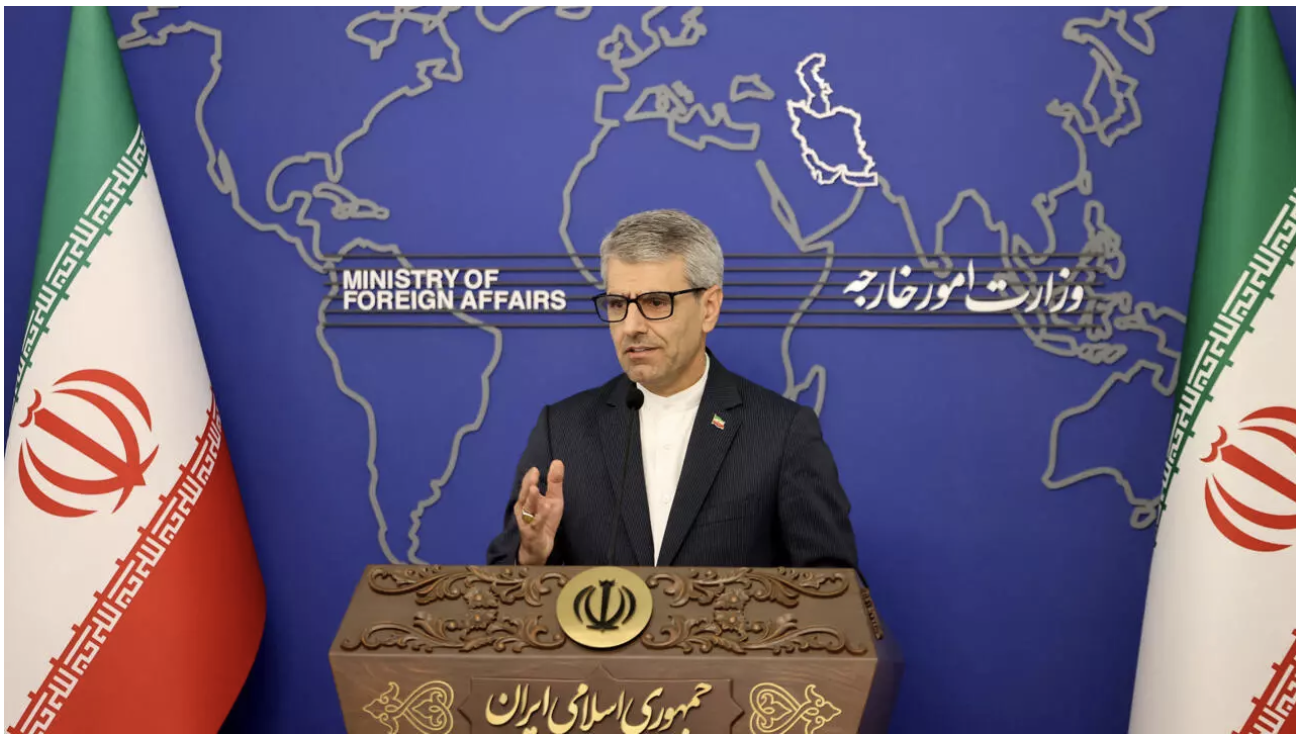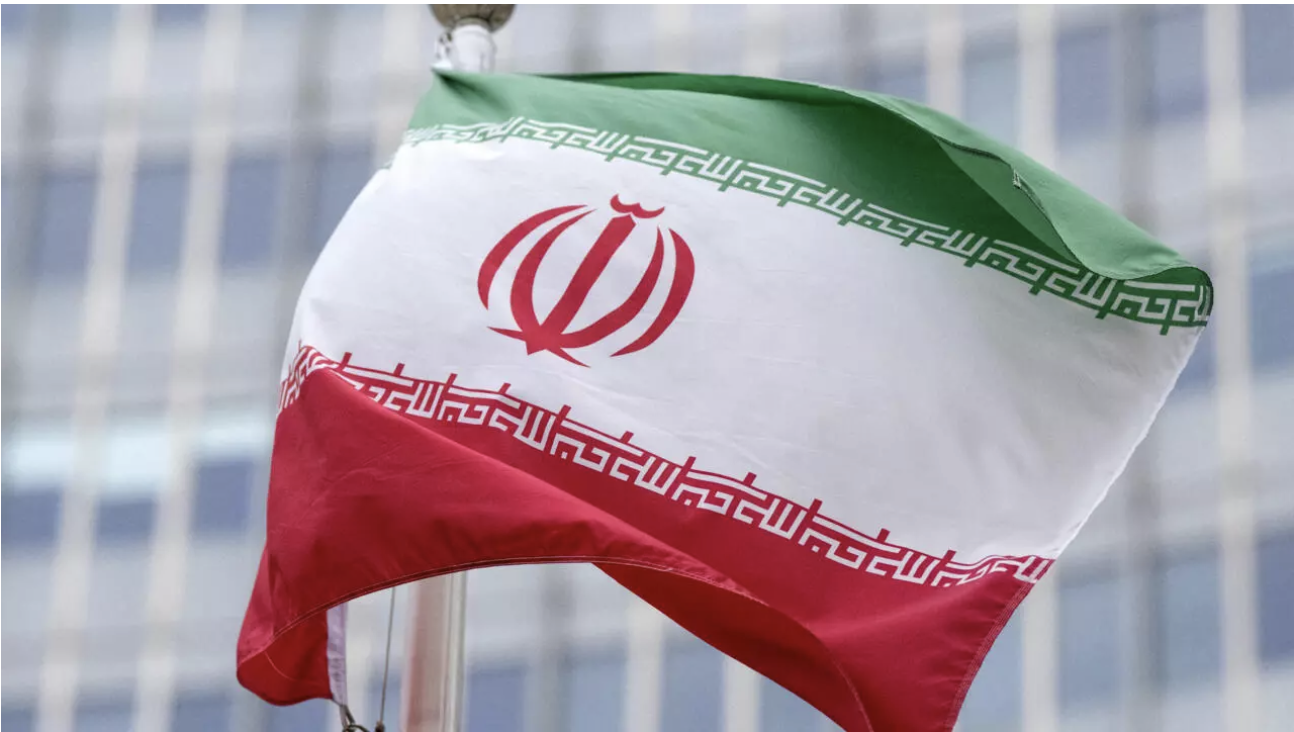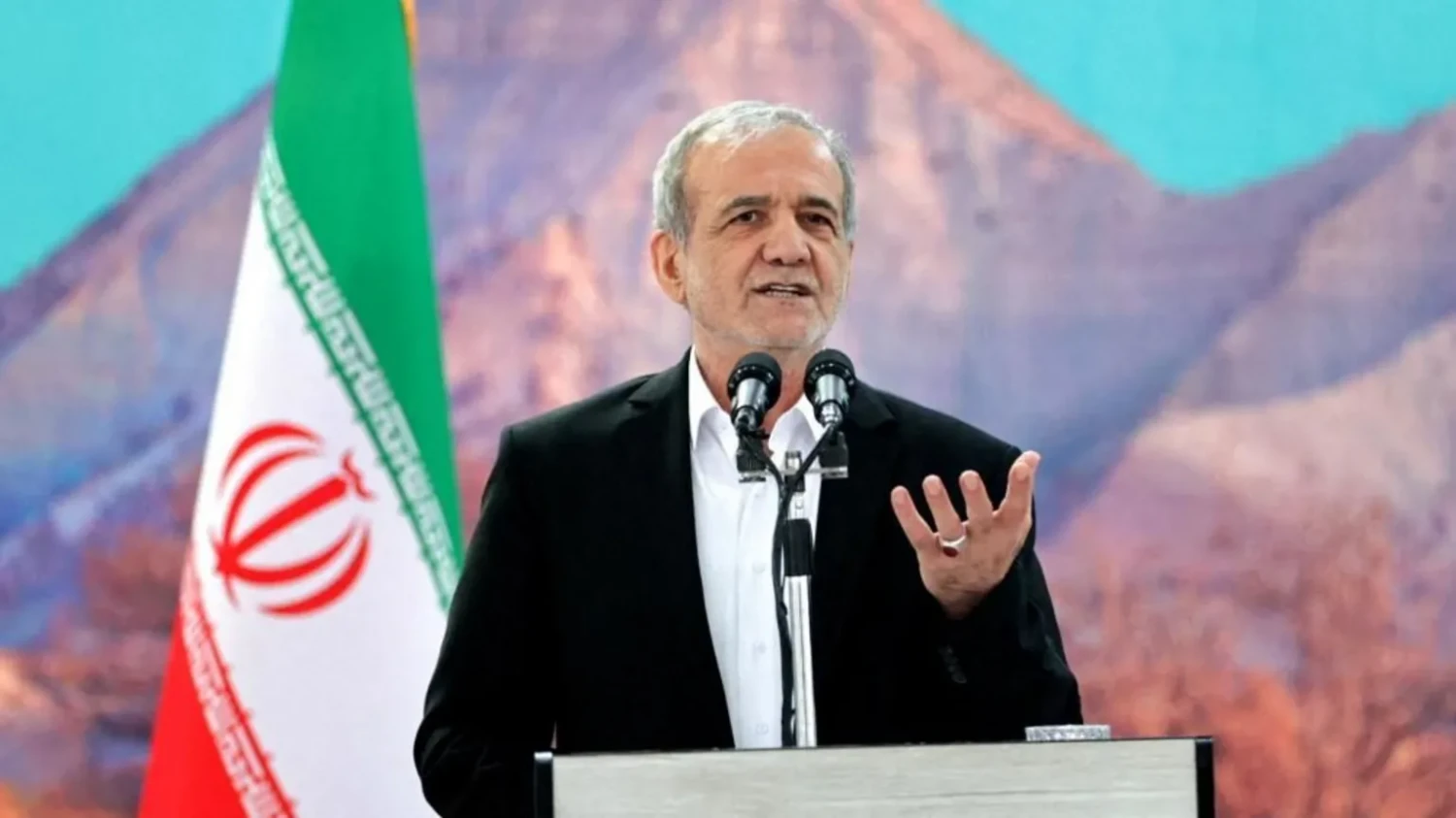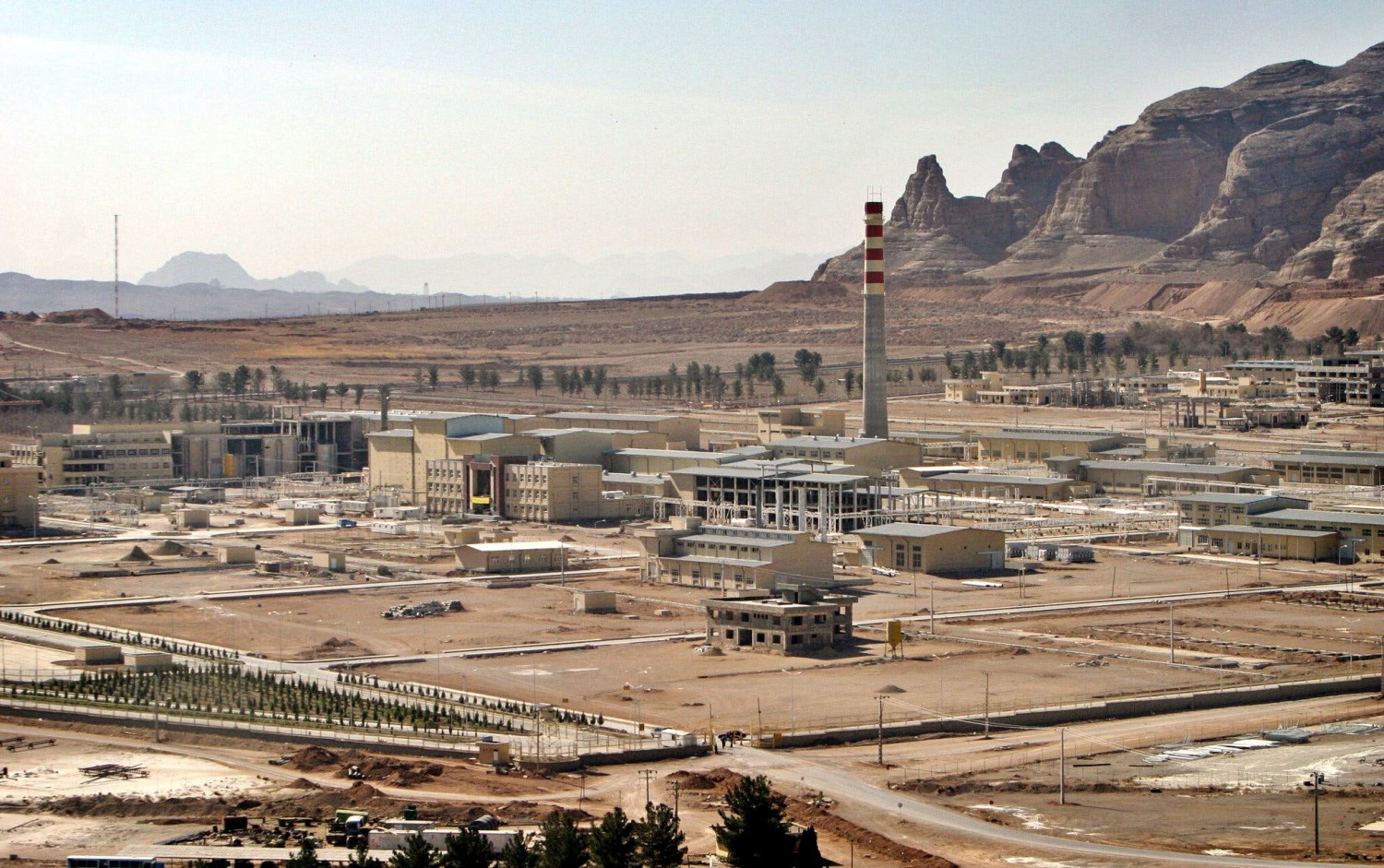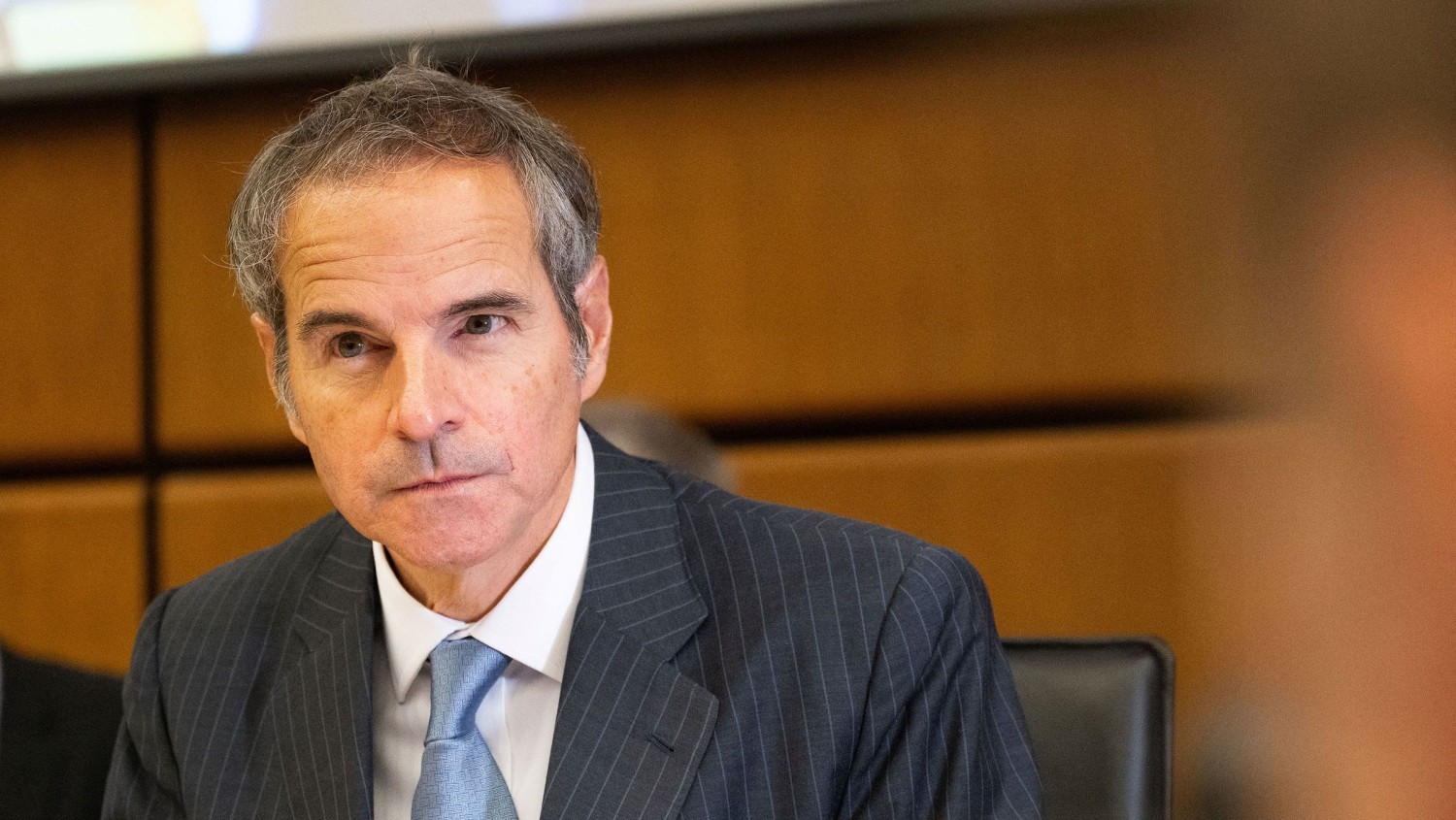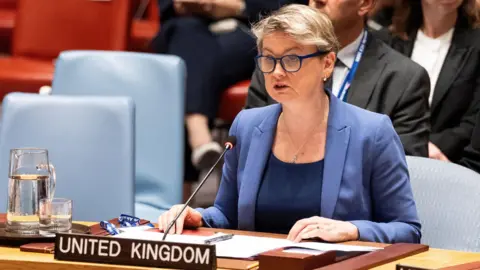
This article is more than
7 year oldThe Iran nuclear deal explained
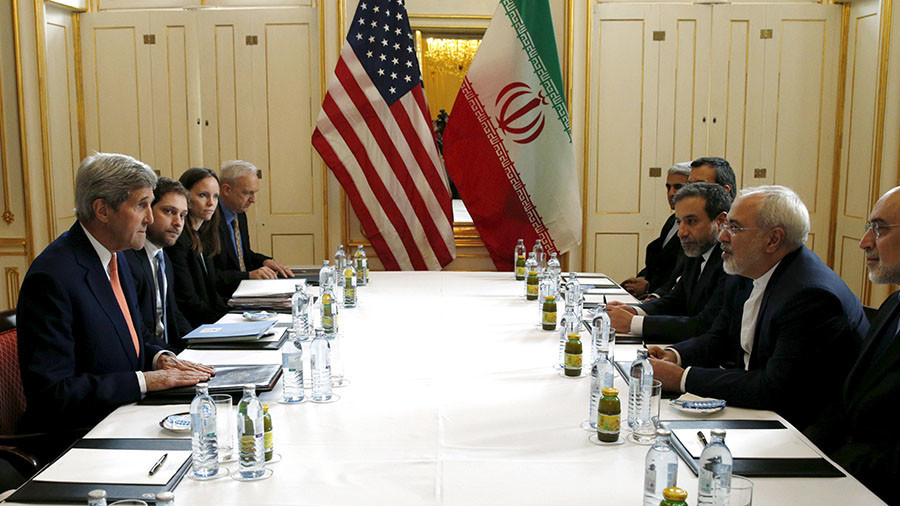
The Joint Comprehensive Plan of Action (JCPOA), better known as the Iran nuclear deal, is an agreement signed on July 14, 2015, after 20 months and six rounds of rollercoaster negotiations. The signatories are Iran and a group of nations known as the P5+1: Russia, China, the US, UK, France (all permanent UN Security Council members), and Germany. The deal aims to prevent Iran from getting a nuclear weapon by curbing its nuclear program, which dates back to the 1950s and was, ironically, set up with American help before the 1979 revolution ended most of Iran’s ties with the West.
Iran’s concessions
Under the JCPOA, Tehran gave up 98 percent of the enriched uranium it already had, and only keeps material enriched to the lowest threshold of five percent (weapons-grade uranium starts at 85 percent). Two-thirds of Iran’s enrichment centrifuges are halted, leaving only around 6,000 older models operational. Any remaining materials and facilities are to be used strictly for scientific, medical, and agricultural purposes.
Read More (...)
